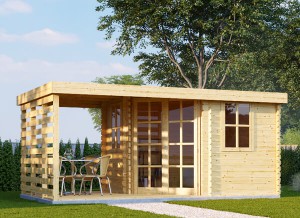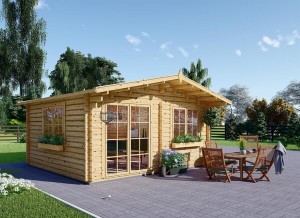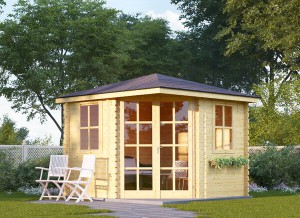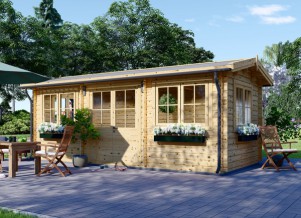How does your garden grow? If you answered too slow, you are like the majority of people growing their own vegetable garden. Although patience is a virtue, it isn’t in high supply in the 21st century. That is why we are here to help!
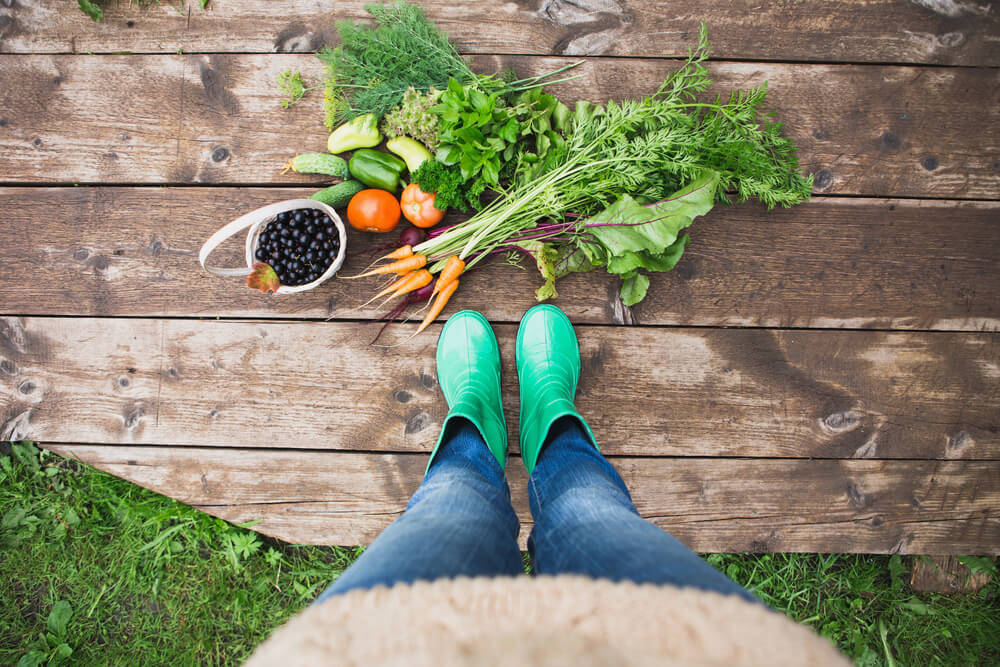
There are a few ways you can turn your slow growing wooden shed garden into a veggie-producing machine! Some of these tips start before you even sow your first seed. However, there are plenty of things you can do while your garden grows to maximize output.
Wooden Shed Gardening Tips
Choose Veggies that Grow Fast
If you want results and you want them now, there is nothing easier than planting vegetables that mature quickly. Here is a quick rundown of our favorites to grow in a wooden shed garden.
- Salad Greens – The time between sowing and harvest is 21 days. That means in less than a month you can enjoy your own kale, lettuce, arugala, and more! Cut a few outer leaves at a time to take full advantage of each individual plant.
- Radishes – In keeping with the salad theme, radishes only take 25 days to mature. The great thing about this veg is that it is easy to grow all summer long. You can even put them in pots around the edges of your wooden shed.
- Spinach – Whether eaten raw or cooked, there is no denying spinach tastes good and is good for you. Did you know you could have this virtual superfood at your disposal in 30 days from sowing?
- Snap Peas – Easy to grow, delicious, and ready in 50 days. Just don’t forget to check the seeds for exact times. You are aiming for a bush variety.
- Carrots – Last but not least, everyone’s favorite vegetable! Your very own finger-sized carrots can be ready in as little as 6 weeks.
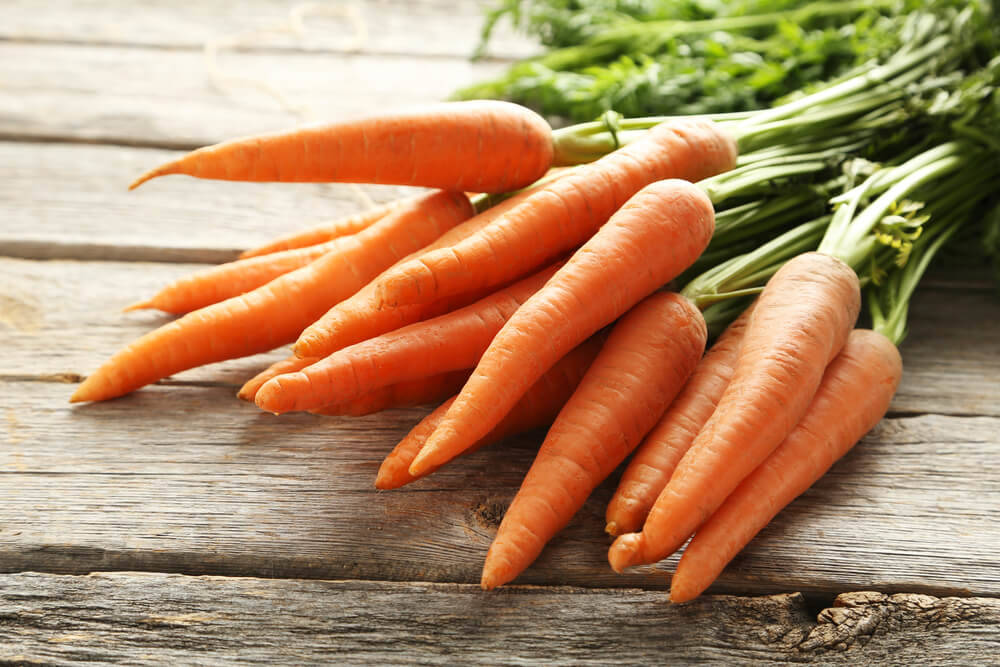
Don’t start with Seeds
If you aren’t into any of the fast-growing plants, that doesn’t mean you don’t have options. A great way to get a head start on veggie growth time is to avoid seeds. Think about all of the time wasted between sowing your wooden shed garden and seeing a start.
One way around this rule is to start your seeds early. There are starter kits available at home improvement stores, and doing it yourself saves a lot of money. Purchasing already growing vegetables can be extremely expensive.
If you don’t have 6-8 weeks to wait on seeds to sprout indoors, then buying transplants is the way to go. Choose plants for your wooden shed garden that look healthy. Beware of tall and pale vegetable starts.
Start With High Quality Soil
If your wooden shed is already surrounded, go to the next tip. If you haven’t begun planting, this is a necessary step. Vegetables absorb many necessary nutrients from the soil to grow fast and strong. Therefore, high quality soil is a must to support your plant’s dietary needs.
So, how do you achieve this in your wooden shed garden? Make it an annual spring tradition to add 1 inch of compost. You can either use your own or buy composted manure. This one act does two things. First, it helps roots get oxygen by improving soil drainage. Second, it adds nutrients that most soil loses after each season.
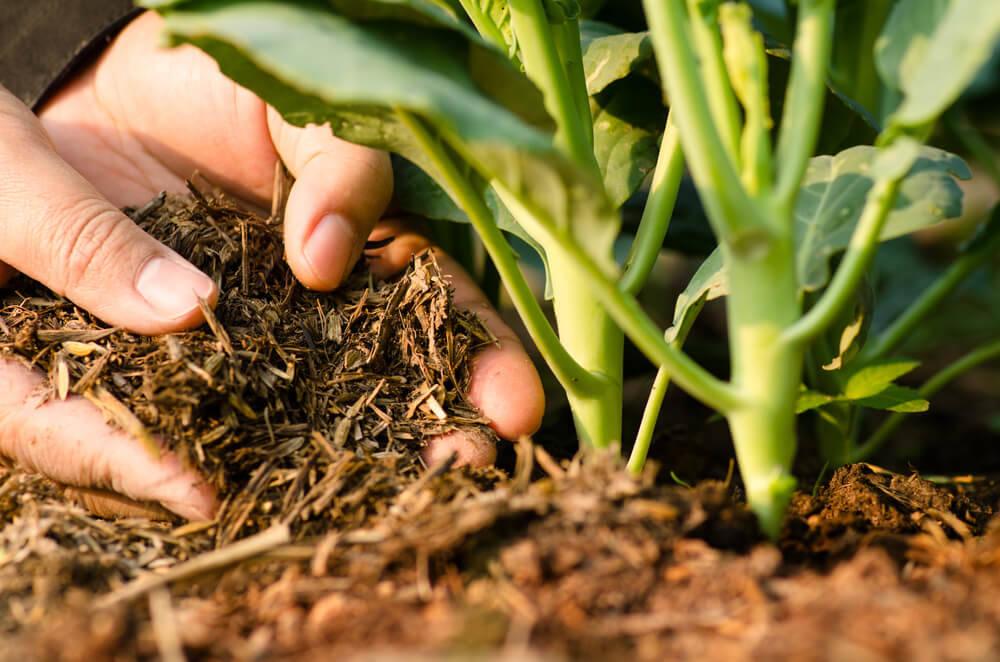
The final step to readying your wooden shed plot for veggies is adding nitrogen. Many people use the inexpensive ammonium phosphate. Apply as instructed, then break up the soil and mix everything around. If you have a tiller, this job is a little easier.
Add Fertilizer
If you didn’t amend your soil before planting, this is a very important tip. However, don’t just guess if you aren’t sure about your soil’s quality. Applying the wrong fertilizer can be more harmful than no fertilizer at all.
Not sure about your soil quality? Not to worry! There are soil tests you can purchase at your local gardening center. The results will let you know what to look for in a product. Regardless of the nutrient needs, inorganic works faster than organic. Additionally, liquid is better than granules at increasing your wooden shed garden’s growth rate.
Sunlight and Heat
Sunlight is a vital part of growing vegetables. Many need full sun, and those that don’t still need partial. Assuming you are planting on the side of the wooden shed with the most sun, there are still a few other things you can do.
If you haven’t started yet, raise the beds. Allowing a warm breeze underneath the roots reduces the risk of premature death. Covering beds with black plastic also attracts heat to the soil. This method is best used when temperatures are still cool.
Water Wisely
Wise watering means knowing what the vegetables in your wooden shed garden need. While it is true vegetables need moist soil, watering from above with a can or a hose actually does damage. Wet leaves quickly turn brown in the sunlight, and if they don’t dry out they are more prone to disease.
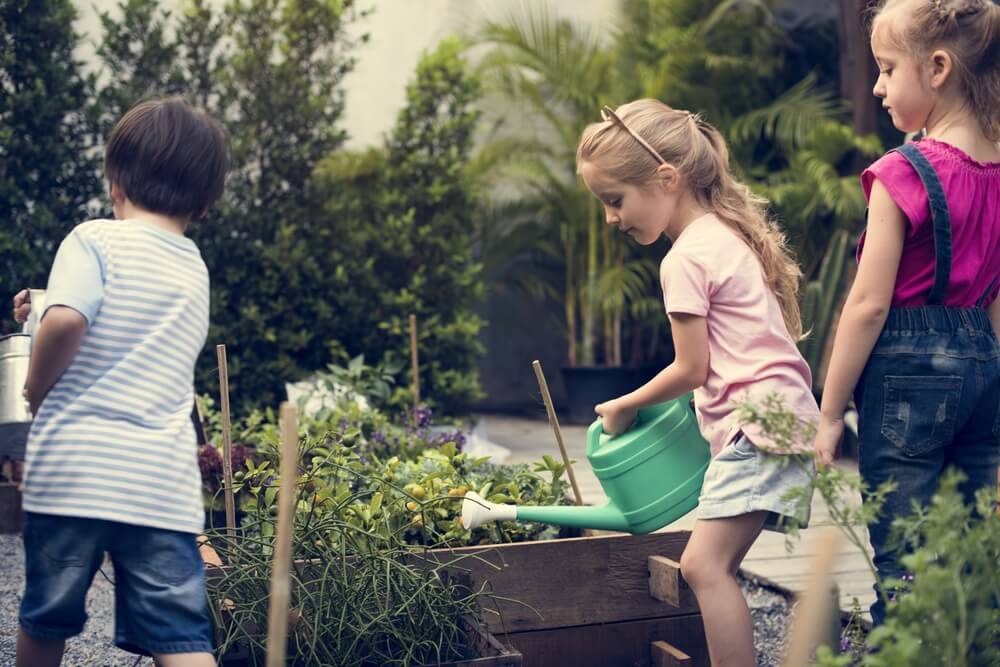
In terms of how much to water your plants, there are a few ways to decide. First, you can purchase moisture meters. This is by far the easiest and most scientific way. Others prefer to use their finger. Using this method, aim to keep the soil moist an inch below ground level.
Use Cloches
A cloche is the proper word for what is sometimes called a bell. If you have never used this method for speeding along growth, you will be amazed at the results. In fact, simply placing one of these devices over each individual plant can speed up maturation times by 2 to 3 weeks.
Pest and Weed Maintenance
The final tip to growing your wooden shed vegetable garden in no time is to keep up on maintenance. Pests and weeds are a constant threat that requires weekly care. If you notice any diseased or infested plants, take care of the issues immediately.

